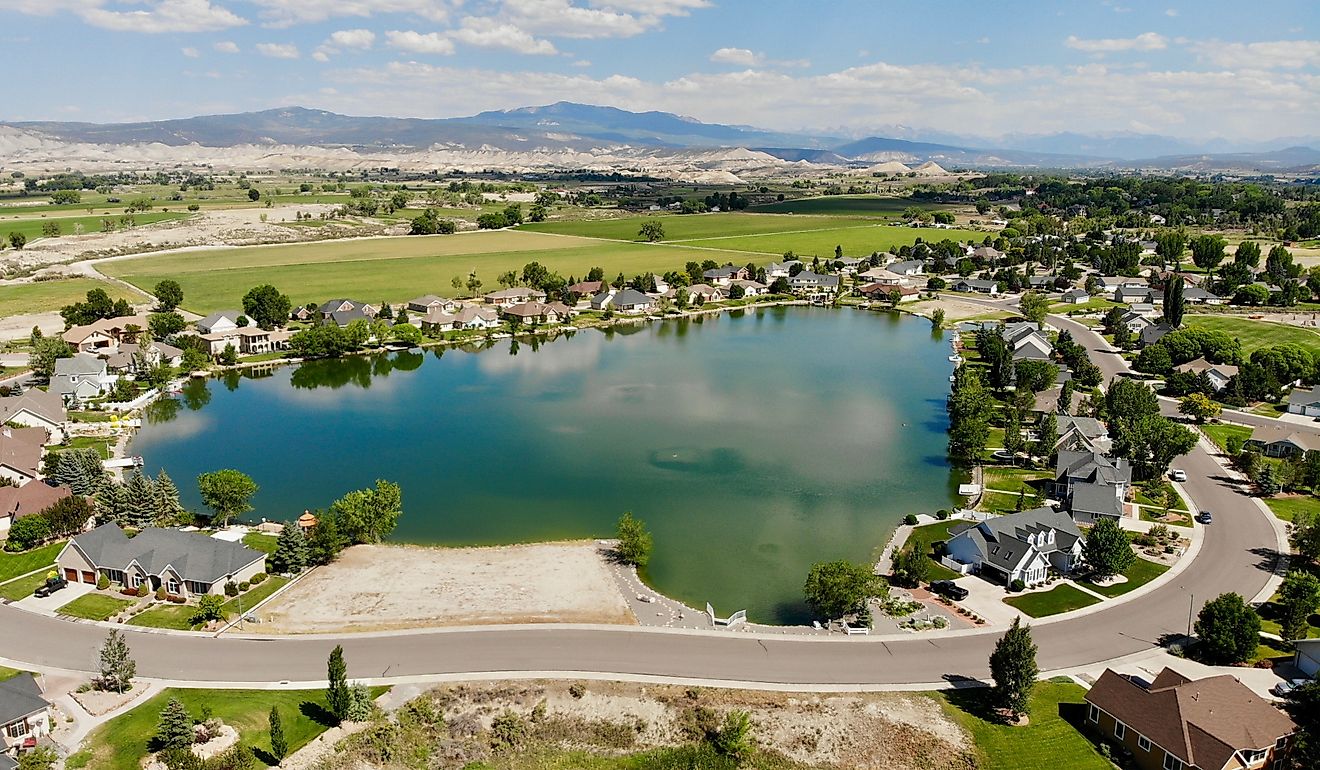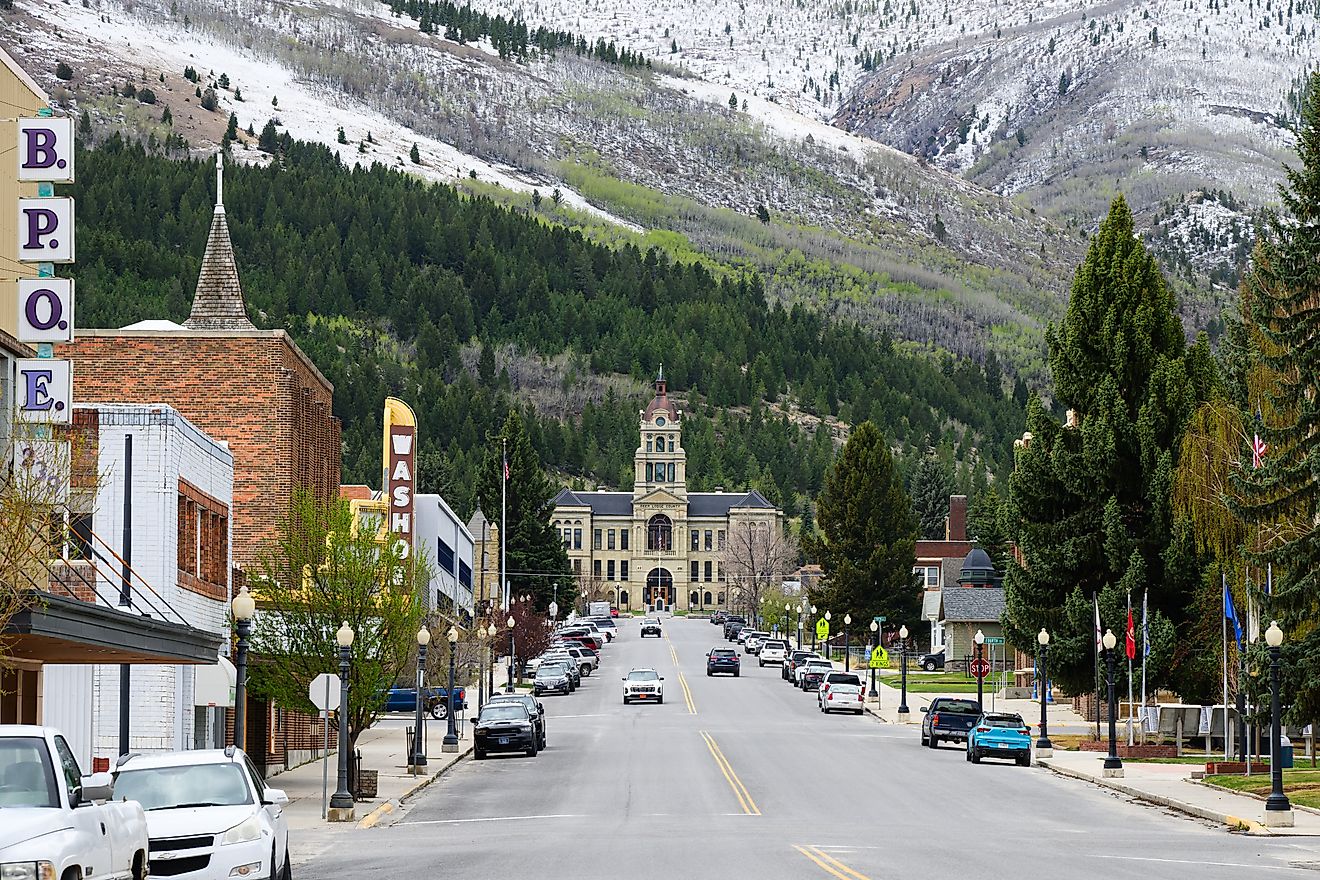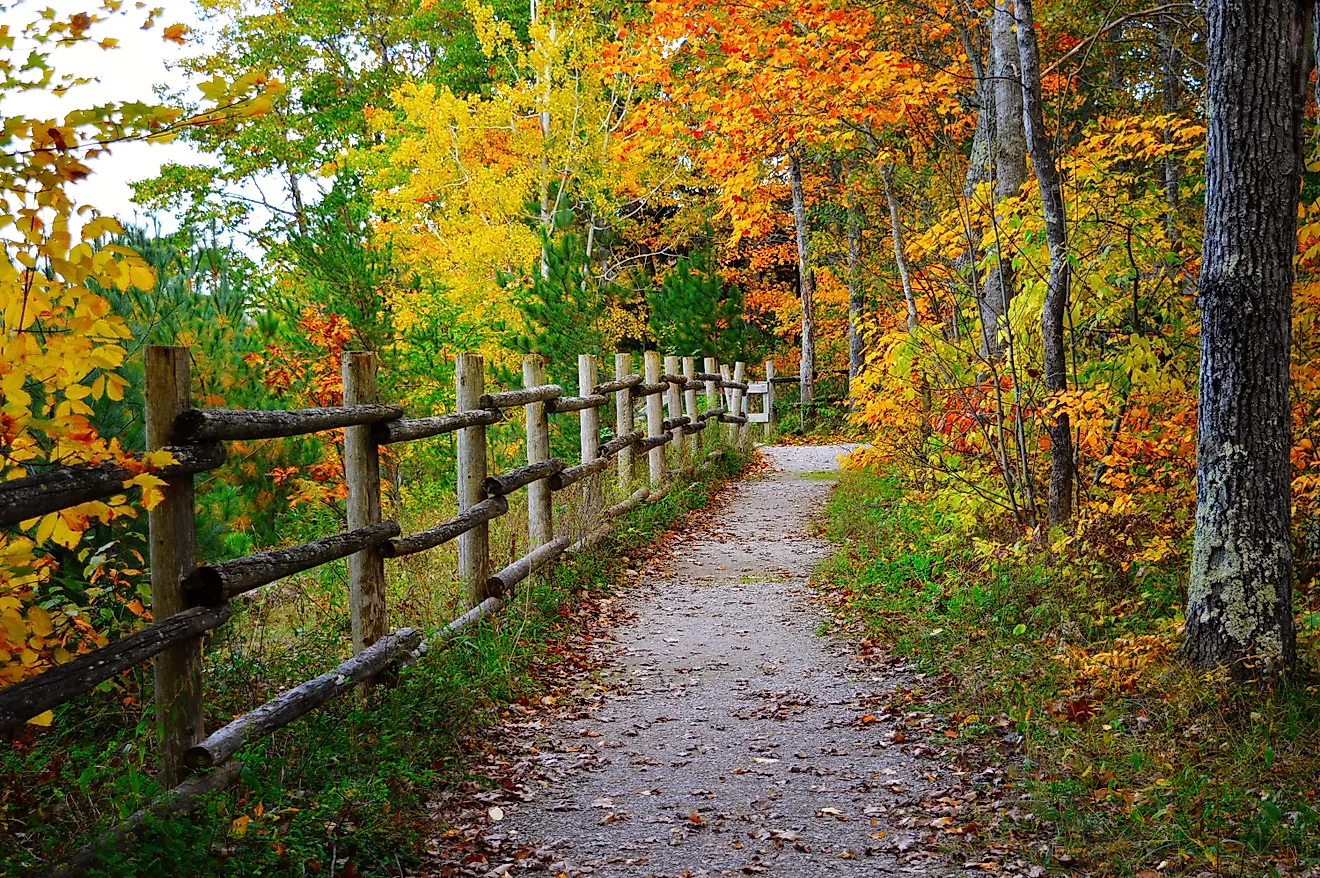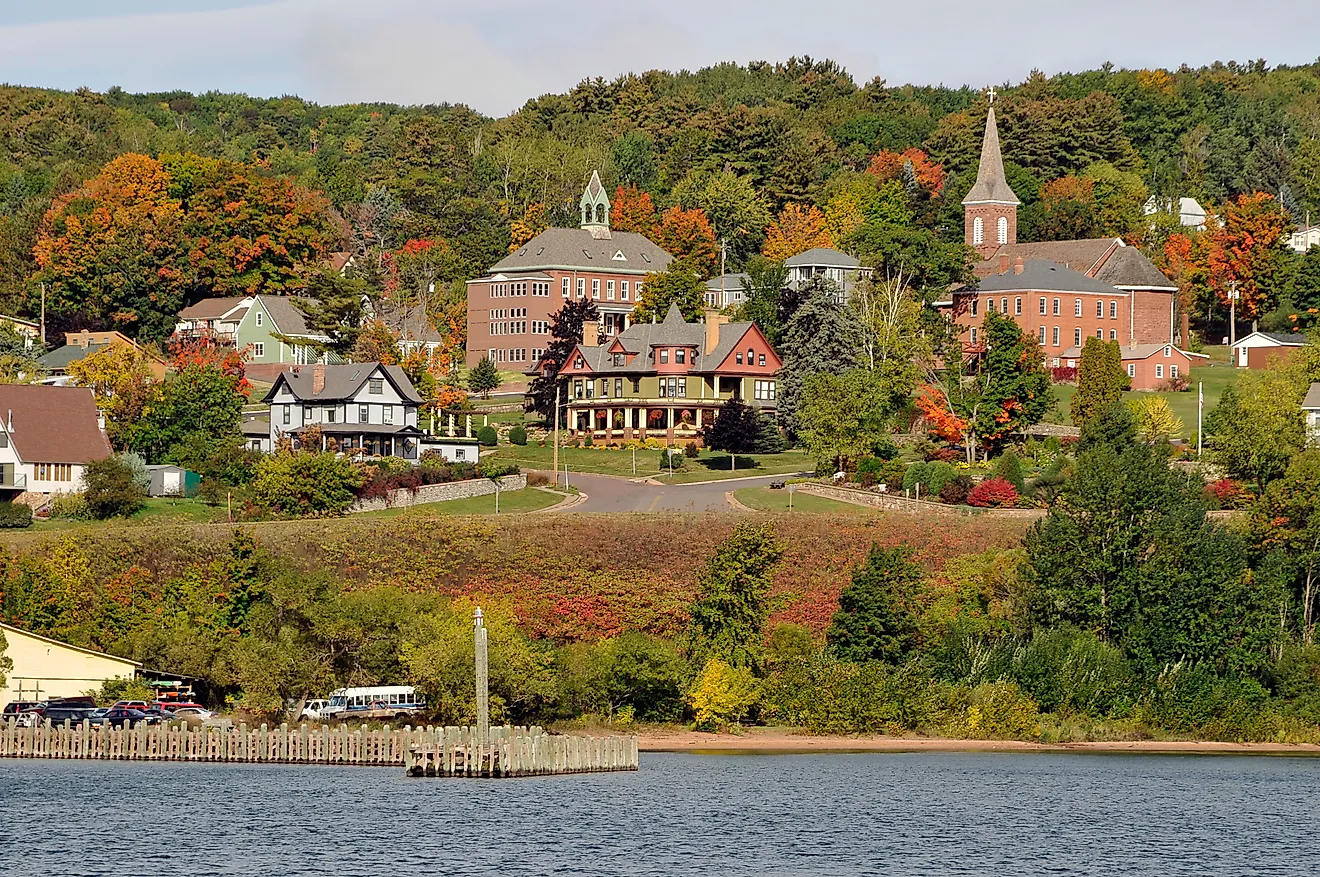
6 Best Natural Wonders To Visit In Tennessee This Year
Tennessee is well known for its music, whiskey, and other cultural draws, but it may also wow you with the amount of scenic beauty contained within its borders, too. Sitting between the rolling Appalachian Mountains and the meandering banks of the Mississippi River, the variety of landscapes to be found in this southern state means that anything from cave systems to towering waterfalls and expansive lakes is available for you to explore, all surrounded by gorgeous, lush woodlands. Here are six of its best natural features that you can visit today.
Fall Creek Falls
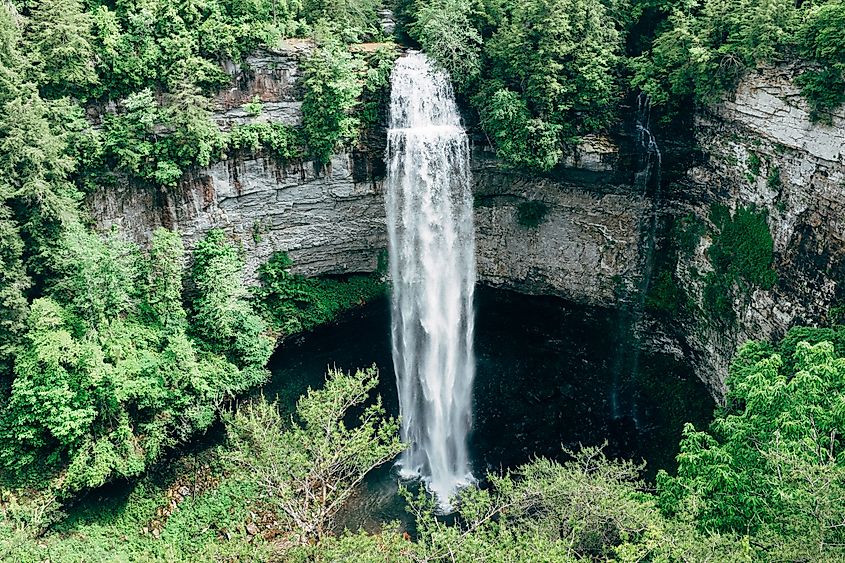
In the heart of the Cumberland Plateau, Fall Creek Falls State Park is home to tons of unique geography, including one of the highest waterfalls in the eastern United States. Fall Creek Falls drops 256 feet into a deep gorge, and it's just one of several other waterfalls in the park! You can also view Cane Creek Falls, Piney Falls, and Rockhouse Falls, all reachable by well-maintained hiking trails.
The state park spans over 29,800 acres and also features huge swathes of hardwood forest and streams that cut through the region's layers of sandstone and shale. Scenic overlooks such as Millikan’s Overlook provide wide views of this rugged landscape, and beyond sightseeing, the park supports camping, biking, rock climbing, and boating on Fall Creek Lake. Furthermore, the Fall Creek Falls Betty Dunn Nature Center here offers interpretive programs and maps to help you access backcountry trails.
Fall Creek Falls is managed by Tennessee State Parks and open year-round. Peak visitation occurs during spring, after the snow melts, and fall, when the area's foliage brilliantly changes colors.
The Lost Sea
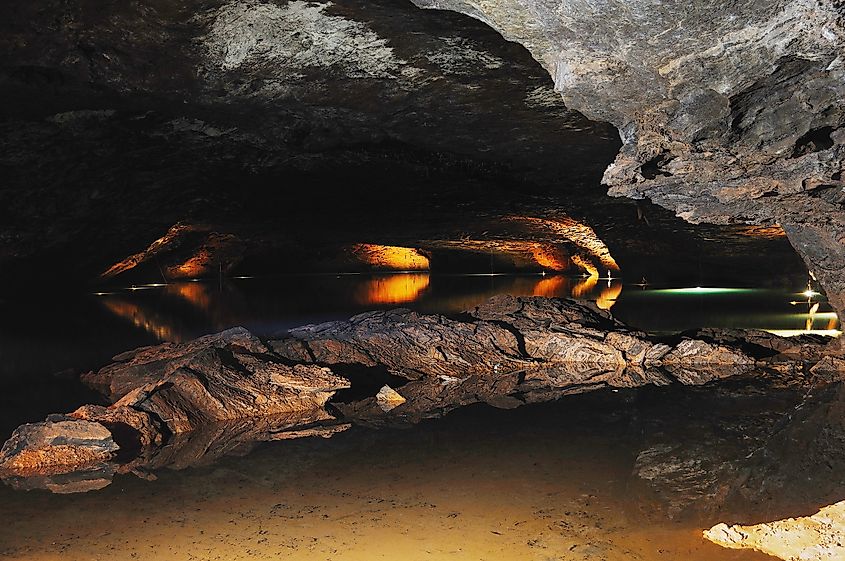
Located just south of Sweetwater, The Lost Sea is part of Craighead Caverns and is the largest underground lake in the US! This unique body of water spans over 4 acres and sits 140 feet below ground level. A teenager accidentally discovered it in 1905.
Visitors access the lake through a guided walking tour of the caverns, which includes geological formations like stalactites, anthodites (cave flowers), and ancient Cherokee footprints preserved in the rock. At the end of the tour, you'll be able to board glass-bottom boats for a short ride across the underground lake, which is also a habitat for blind trout that thrive in the low-light environment.
Other surrounding caves have served various functions over the years, including as a mushroom farm, Confederate saltpeter mine, and speakeasy during Prohibition. While the rest of the cave system extends beyond the main tour route, most of it remains unexplored.
These days, the site is privately operated but recognized as a Registered National Natural Landmark. It's open year-round and remains at a constant 58°F inside regardless of the season, making it a nice respite from the summer heat for a while.
Great Smoky Mountains
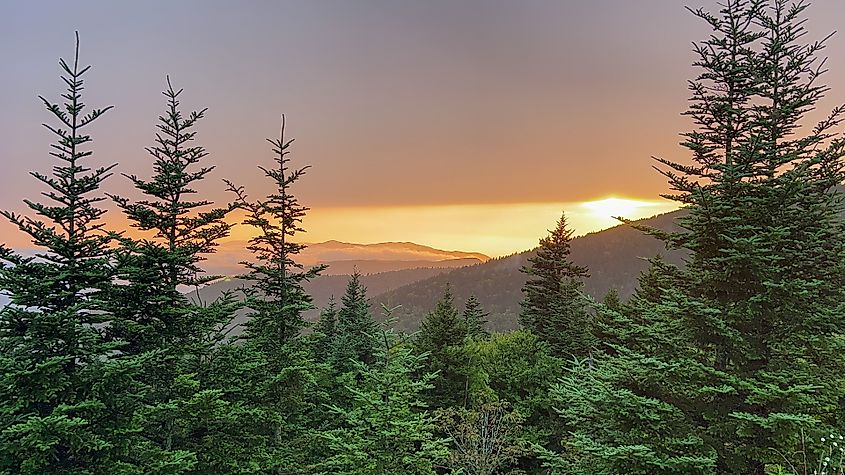
Straddling the Tennessee-North Carolina border, the bulk of the Great Smoky Mountains lies within none other than the Great Smoky Mountains National Park, which preserves over 522,400 acres of pristine Appalachian terrain. The Tennessee side includes major access points like Gatlinburg and Townsend, offering entry to notable natural landmarks such as Kuwohi (aka Clingmans Dome), the park’s highest peak at 6,643 feet.
Other highlights include Cades Cove, an isolated valley with historic homesteads and abundant wildlife, and Roaring Fork, a heavily forested stream with picturesque waterfalls like Grotto Falls. The park contains around 850 miles of trails as well, ranging from short loops to multi-day backcountry routes. Along the way, you will get up close to the region's dense deciduous forests, fog-covered ridges, and thousands of plant species that all contribute to the park’s status as a UNESCO World Heritage Site.
Spring wildflower blooms, colorful fall foliage, and synchronous firefly displays attract even more visitors throughout the year. It is also one of the few major national parks with no entrance fee (but there are parking fees for cars).
Reelfoot Lake
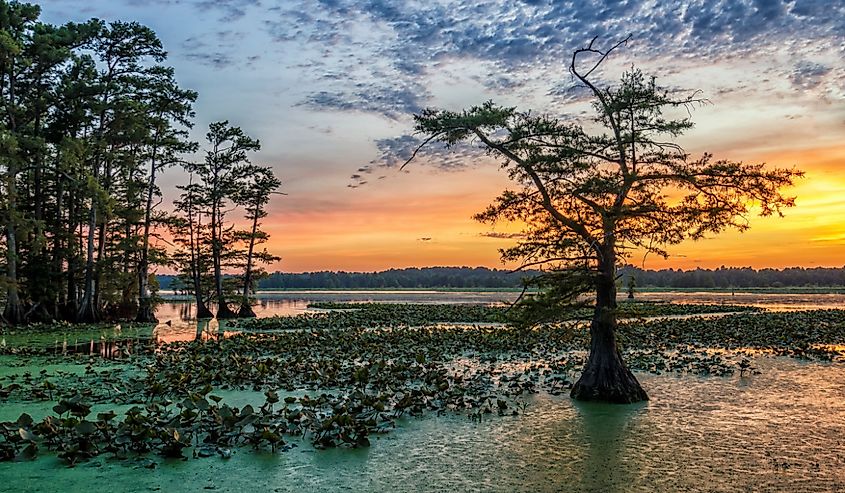
Formed by a series of intense earthquakes along the New Madrid Fault between 1811 and 1812, Reelfoot Lake is now by far one of Tennessee’s largest natural lakes. Resting in the northwest corner of the state near the Missouri border, it covers approximately 18,000 acres and is known for its shallow waters, adjacent flooded forests, and large populations of bald cypress trees. The lake’s swamp-like environment supports a rich ecosystem of fish, amphibians, and migratory birds. Remarkably, it is one of the best places in the southeastern U.S. to see bald eagles in the winter months.
The surrounding Reelfoot Lake State Park boasts a number of boardwalks, viewing platforms, and boat tours that navigate the maze of open water and submerged tree trunks. Shoreline trails also offer close views of aquatic wildlife, and the park’s visitor center includes educational exhibits on the lake’s geological origin and biodiversity. Note that hunting and fishing are also permitted under strict regulation.
Because of its unusual formation and distinct ecosystem, it is clear why Reelfoot Lake remains one of the most geologically and biologically unique natural sites in Tennessee.
Twin Arches

Found within the Big South Fork National River and Recreation Area, the Twin Arches are two of the largest natural sandstone bridges east of the Mississippi. The North Arch measures 62 feet high and 93 feet wide, while the South Arch stands 103 feet high and spans 135 feet. These stand-out formations were carved over millennia by wind and water erosion through Pennsylvanian-era (about 300 to 330 million years ago) rock layers.
You can reach the arches via a 1.4-mile loop trail. The route includes stairs and steep descents, but the arches themselves are pretty easily walkable from multiple vantage points. Surrounding terrain includes mixed forestlands, cliff-lined gorges, and seasonal streams, with other nearby attractions including Charit Creek Lodge and additional trails that connect to various overlooks and backcountry campsites.
The arches are part of a federally managed conservation area that preserves natural features and remnants of early Appalachian settlement history. This makes it a cool spot for both nature lovers and history buffs.
Ruby Falls
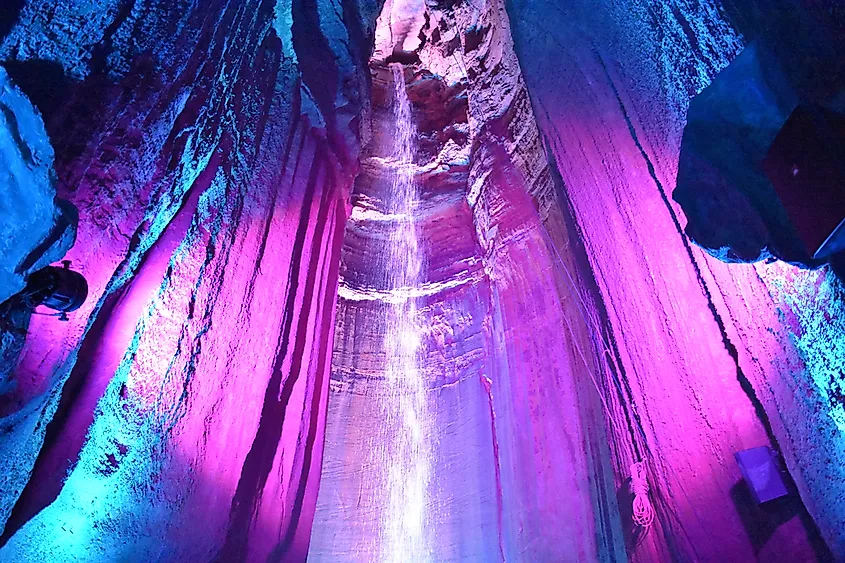
Deep inside Lookout Mountain near Chattanooga, Ruby Falls holds yet another national record, this time as the tallest and most well-known underground waterfall in the United States (that is open to the public). The 145-foot waterfall is located within a limestone cavern, first found in 1928 during excavation work to create a new entrance to Lookout Mountain Cave.
To reach the falls, you'll have to descend by elevator 260 feet into the mountain, then follow a paved, guided trail through narrow passageways lined with typical cave geology, like stalactites, stalagmites, columns, and flowstone. The route ends at a large vertical shaft where Ruby Falls pours into a pool below, now dramatically lit up to highlight the rocky textures and movement of the water.
Ruby Falls has been open to the public since 1929 and remains one of Tennessee’s most visited natural attractions. Several tour formats are available, including standard daytime visits and after-dark lantern tours.
See the Beauty of Tennessee in these Natural Landmarks
For your next outing in Tennessee, try getting outside of Nashville or Memphis for a while and checking out the natural wonders mentioned above spread throughout the countryside. Whether you want to explore an expansive cave, cool down near the spray of a lofty waterfall, or witness a fascinating rock formation, these six destinations offer something memorable for every nature lover.
